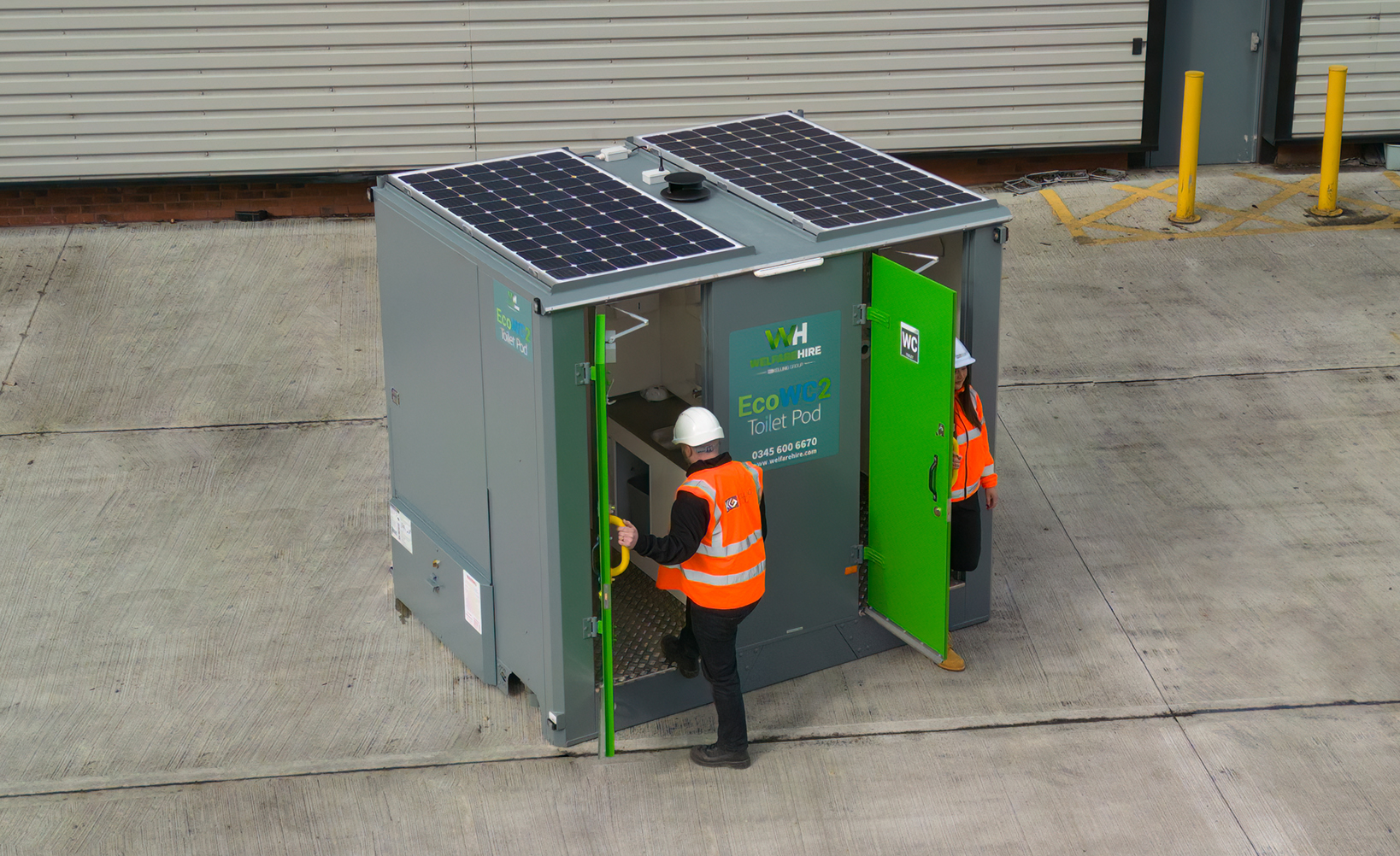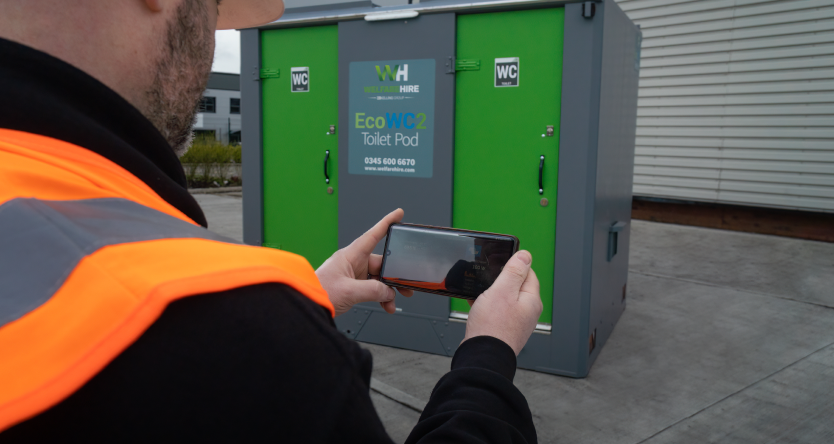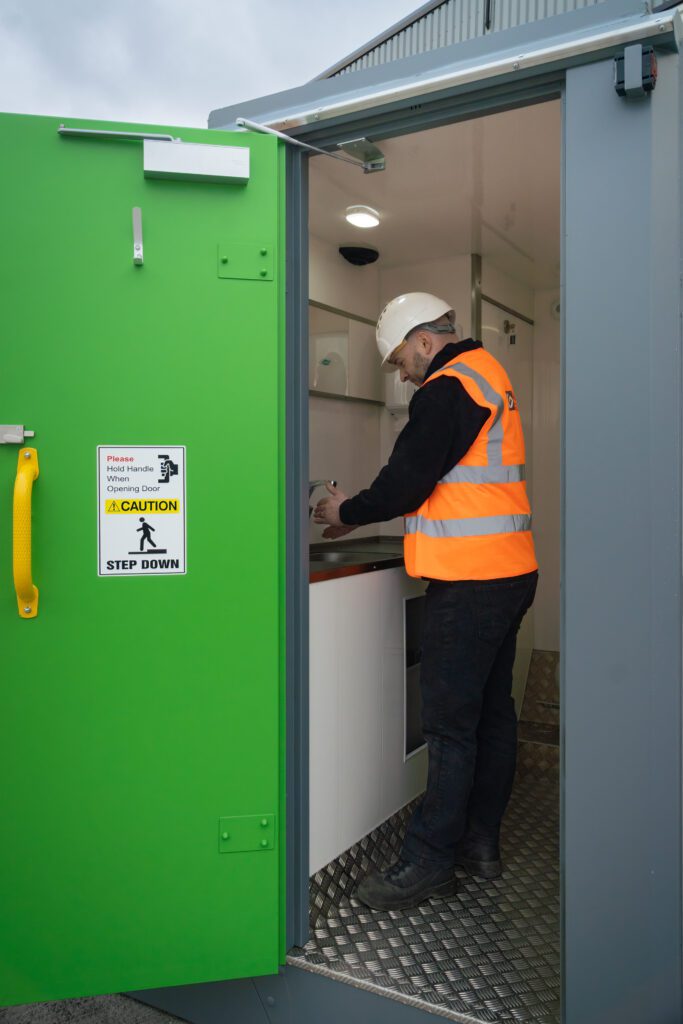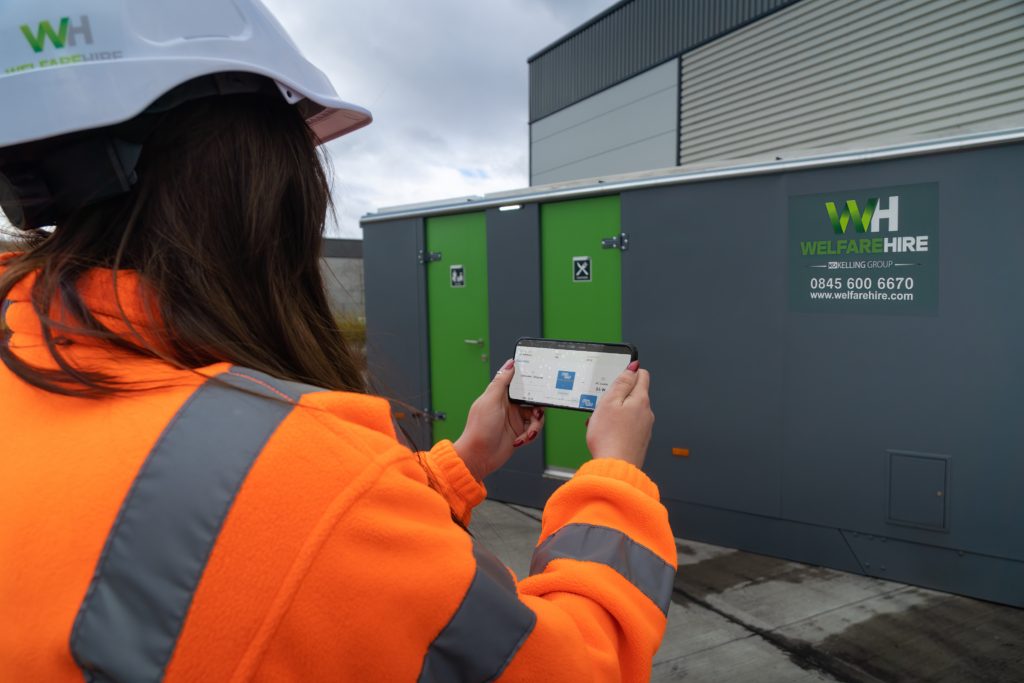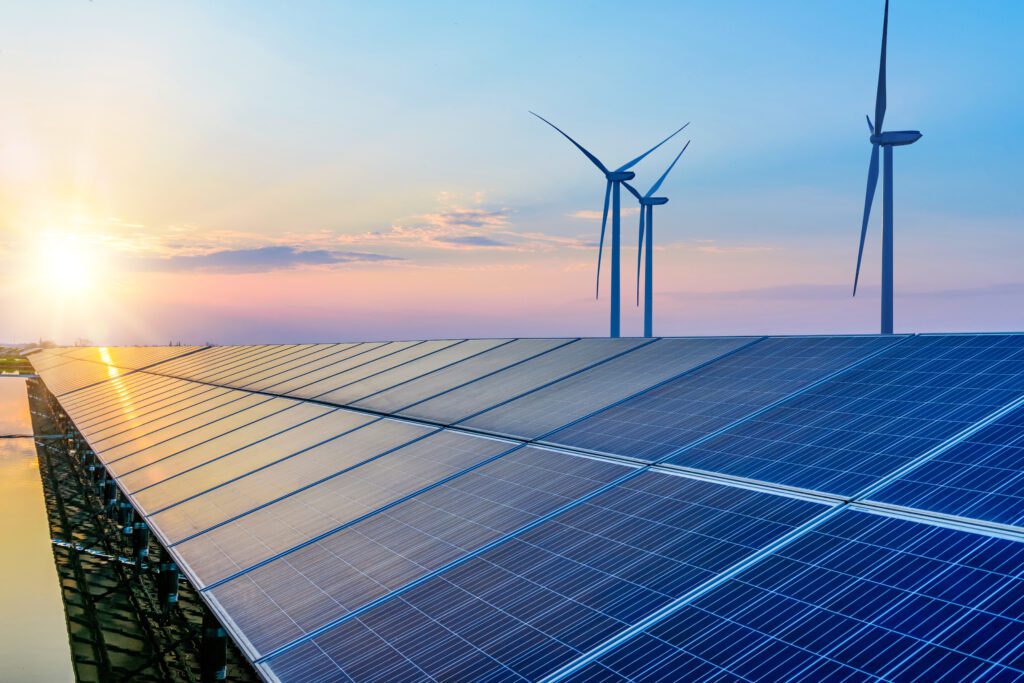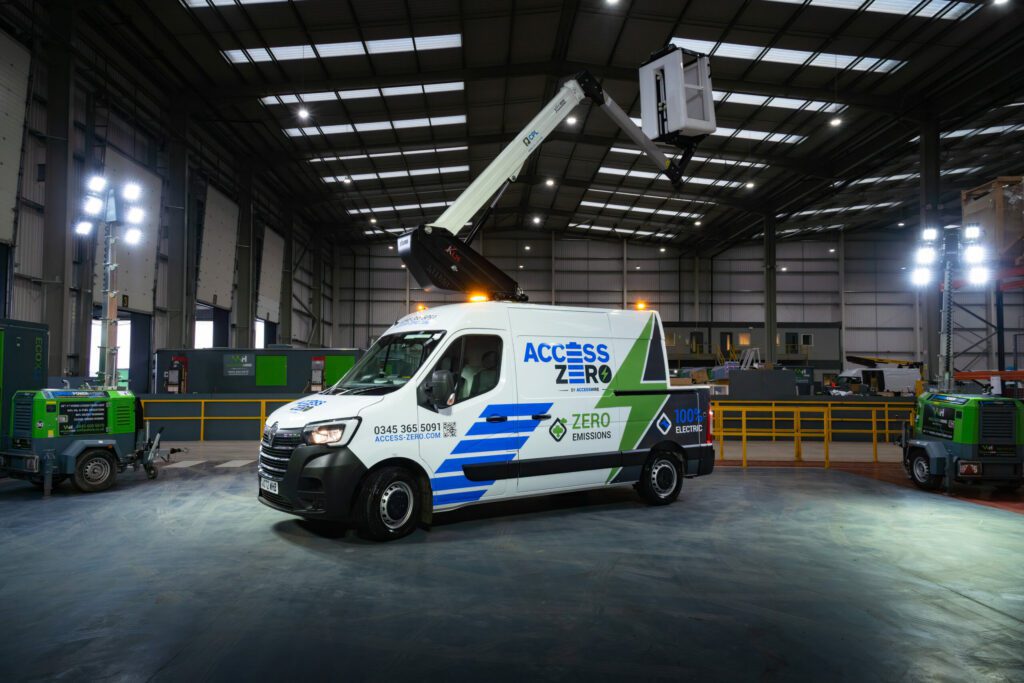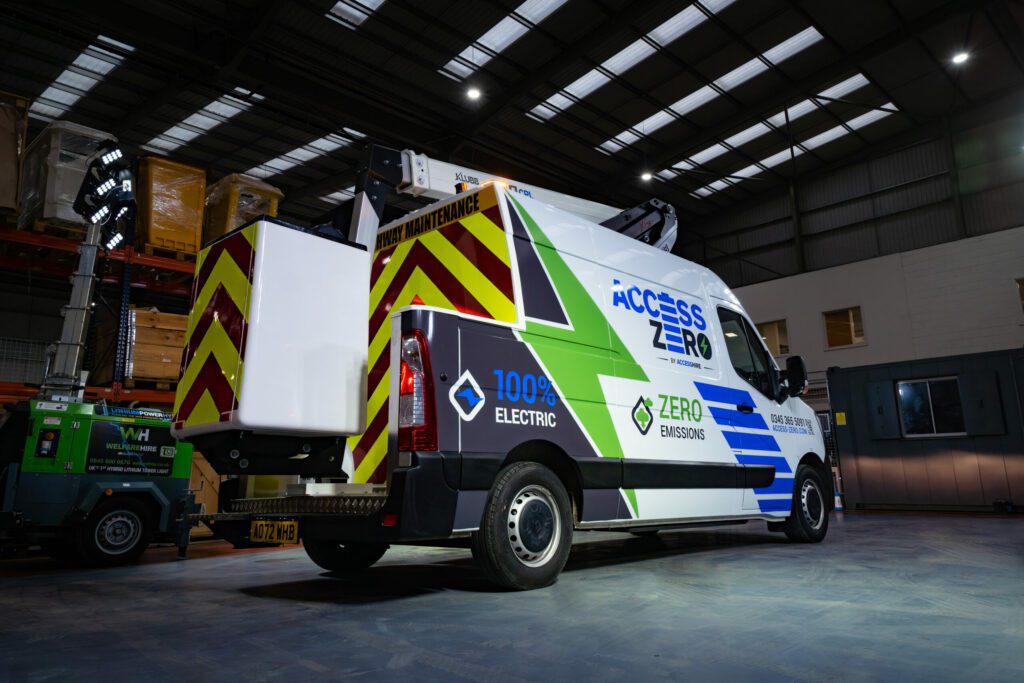As the days get shorter, construction contractors across the country become more reliant on lighting towers. But with growing pressure to reduce carbon emissions at every level of the supply chain, are traditional diesel lighting towers fit for purpose?
Many contractors assume opting for eco-friendly alternatives will hit their bottom line – something many businesses simply cannot handle in the current economic climate. This is probably driven by reports that reaching net zero will cost $3.5 trillion each year.¹
But the reality is the transition needn’t be hard on all areas of business. Modelling carried out by Cambridge Econometrics has demonstrated that tackling the cost of living while simultaneously accelerating the UK’s low-carbon transition would create “win-wins”². And our research has shown that lighting towers are one of them.

The environmental case for eco-friendly lighting towers
To illustrate the environmental benefits of eco-friendly lighting towers, let’s compare Welfare Hire’s X-Eco HYBRID LITHIUM tower with a standard diesel model.
The X-Eco HYBRID LITHIUM uses lithium hybrid technology to power six 100W LED lights. This allows it to provide 455 hours of continuous light per refill and deliver 80% silent running.
The combination of efficiency and more environmentally friendly energy sources leads to dramatic reductions in CO2 emissions. Based on the assumption that a site would run their units for 60hrs per week, each hybrid lighting tower produces a 288kg reduction each week; over a month, the savings reach 1135kg.
Our exclusive Eco Calculator quantifies how switching your lighting towers to eco-friendly alternatives will reduce your carbon footprint.
The economic case for eco-friendly lighting towers
The amount of fuel used in traditional lighting units is very large. From transporting the units to actually running them, these costs can hit contractors hard. This is only exacerbated by growing fuel prices.
Switching to eco-friendly lighting towers, therefore, presents an opportunity to save a great deal on the cost of fuel, as they require far less to run – and make it go a lot further.
Volumetric data from sites hiring our equipment has shown that every X-Eco HYBRID LITHIUM saves £108 per week in fuel costs – and £430 per month.
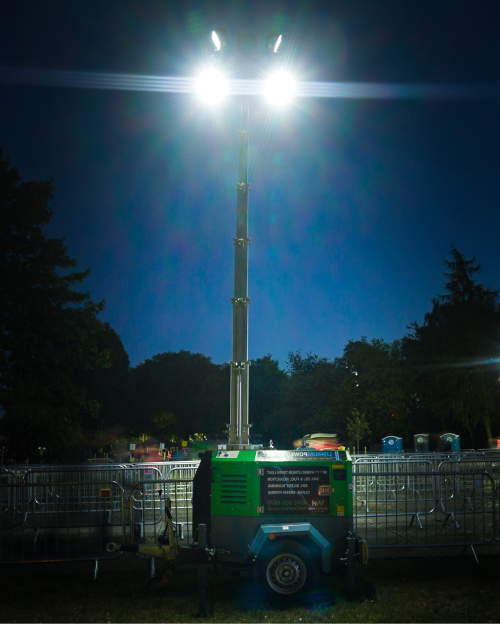
switching is easier than you think
These figures make clear the benefits of switching to innovative, eco-friendly lighting towers. But many contractors still assume that sourcing such towers must be difficult.
Welfare Hire ensures it is simple to make the switch. With market-leading customer service; inclusive maintenance and support; and 99.1% perfect hires, we have helped countless contractors introduce eco-friendly lighting towers.
2.https://https://www.corporateleadersgroup.com/files/clg_uk_the_best_of_both_worlds_policy_briefing_270622.pdfs

